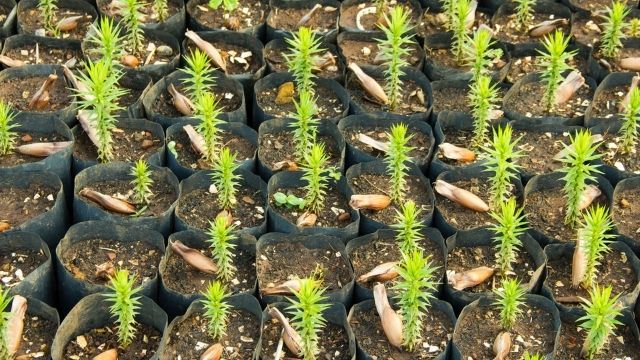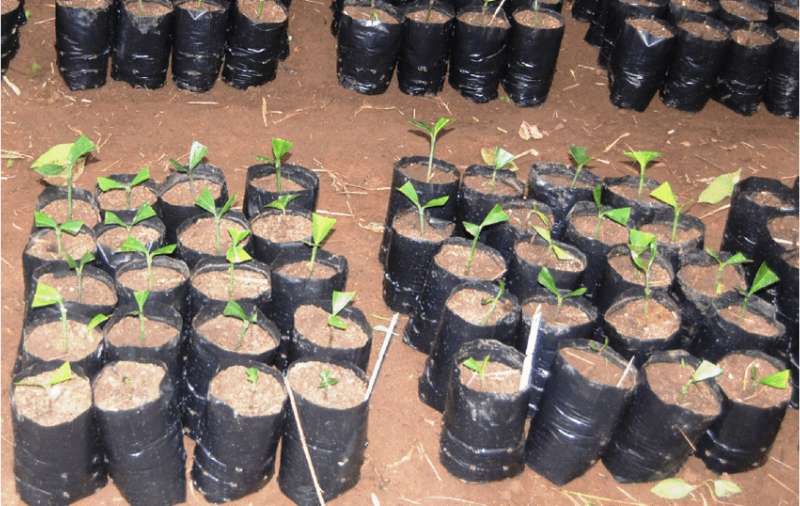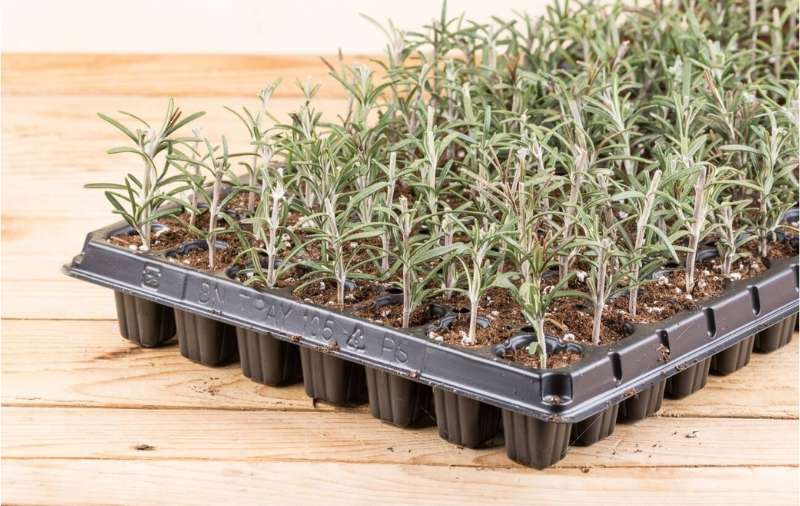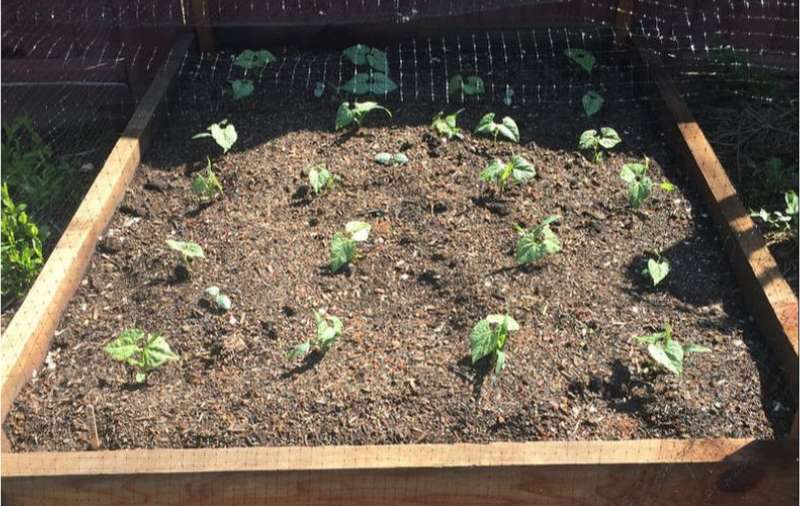Some seeds may be planted directly into the field (in situ) without suffering from harsh weather conditions. Examples; maize, cowpea, sorghum, and millet.
Why are Nursery Practices Needed?
Some plants’ seedlings A seedling is a young plant that has been grown from a seed. More cannot withstand harsh weather conditions, therefore nursery practices are needed.
A seedling is a young plant that has been grown from a seed. More cannot withstand harsh weather conditions, therefore nursery practices are needed.
A nursery is a conducive place where tender crops are temporarily raised, under intensive management, before they are transplanted to their permanent site.
Seedlings and recently planted cuttings require extra care and attention. After planting, there are different nursery management practices, otherwise known as plant nursery practices, that should be followed. These nursery management practices, (such as daily watering and fertilizer application) are employed until the time of transplanting the seedlings.

This applies to both nursery beds and containers, temporary growing places from which healthy young plants can be transplanted into the garden.
Conditions Necessary for Nursery Practices:
Below are the conditions necessary for nursery practices;
1. Choose a Suitable Nursery Bed or Container:
The choice of using a nursery bed or container depends on the type of plant being propagated, convenience for the gardener, and environmental conditions such as temperature, wind, rainfall, pests, and disease.



Containers offer many of the benefits of nursery beds with the added advantage of being easily moved to adjust to changes in sunlight, shade, and temperature. Containers include polythene bags, calabashes, pots, plastic and wooden boxes, trays, etc.
2. Site Selection:
You are viewing an excerpt of this Topic. Subscribe Now to get Full Access to ALL this Subject's Topics and Quizzes for this Term!
Click on the button "Subscribe Now" below for Full Access!
Subscribe Now
Note: If you have Already Subscribed and you are seeing this message, it means you are logged out. Please Log In using the Login Button Below to Carry on Studying!



Responses